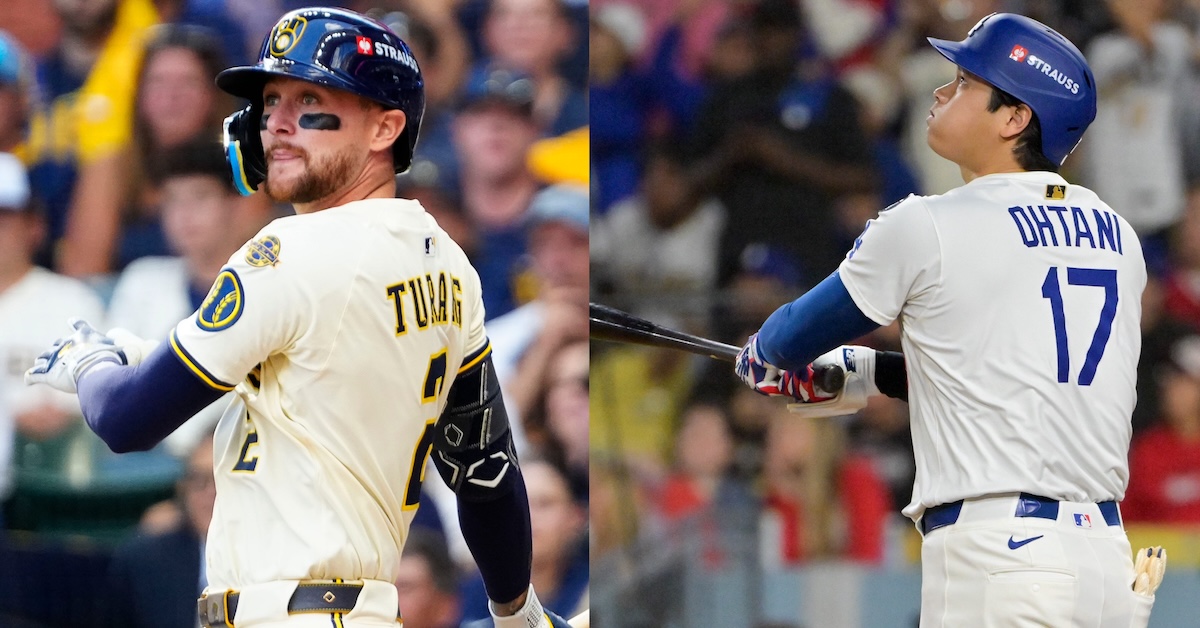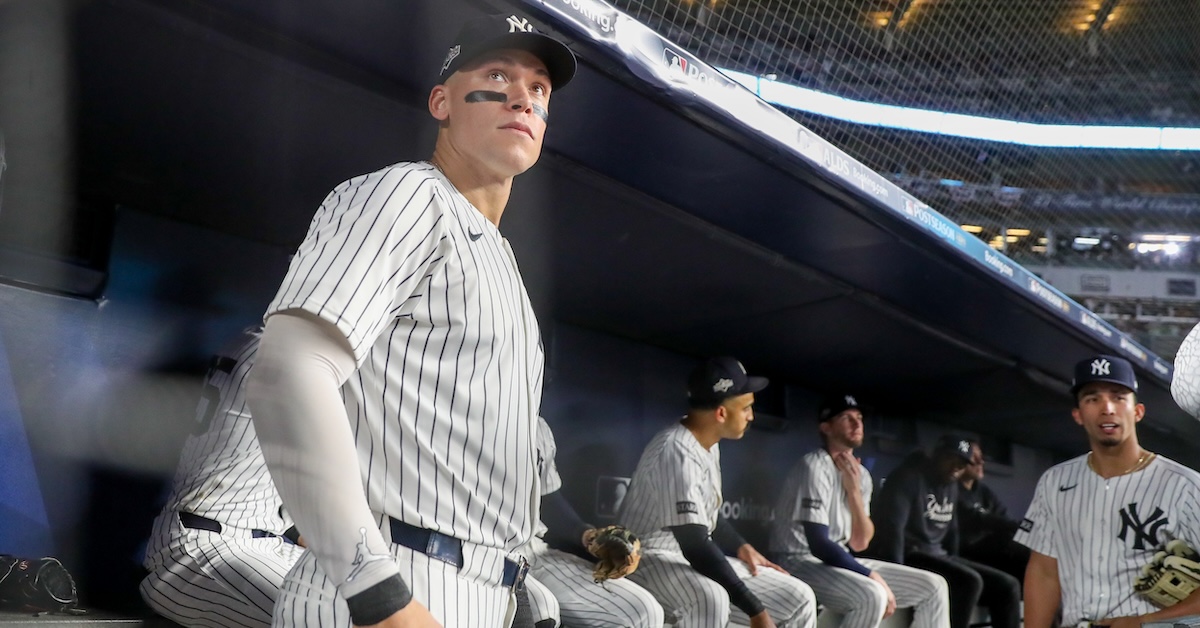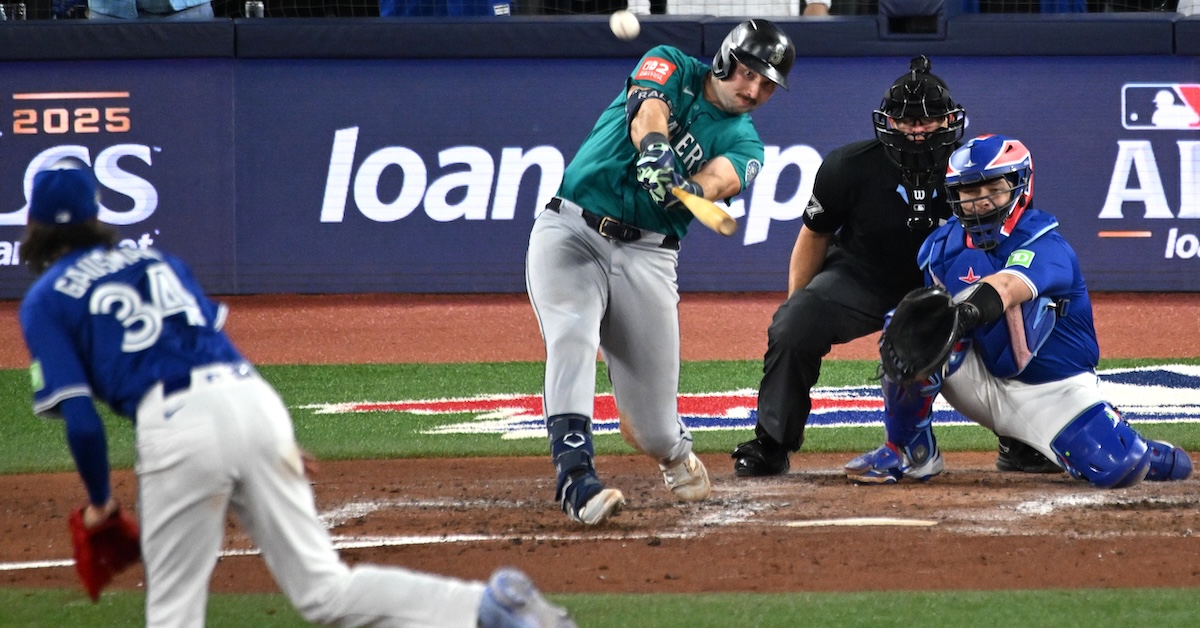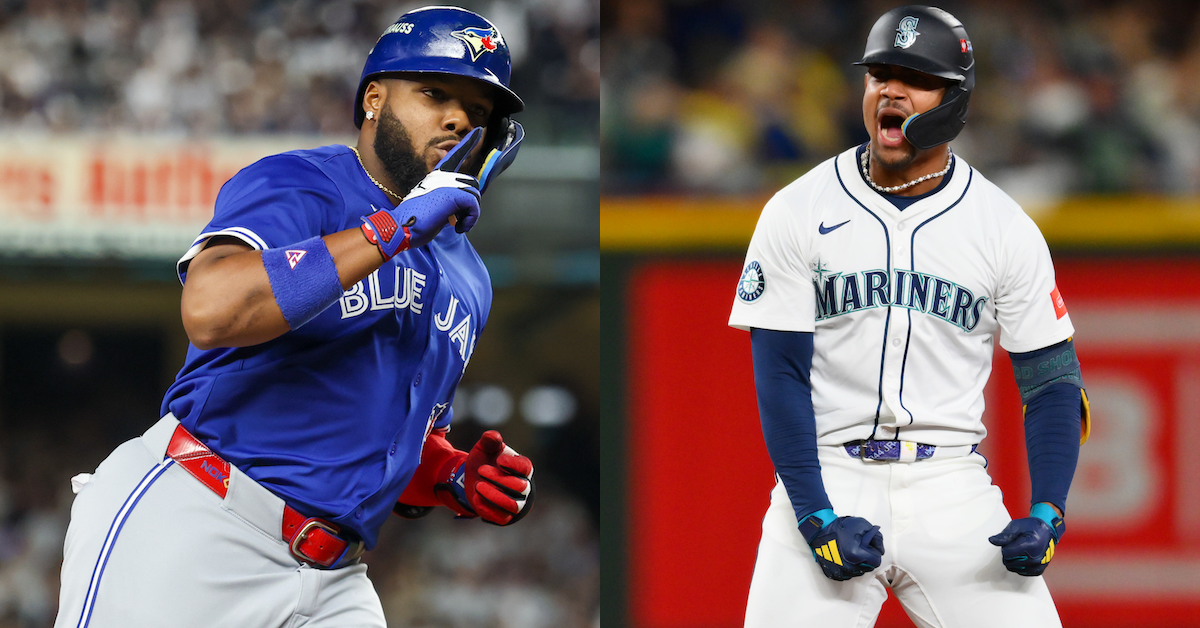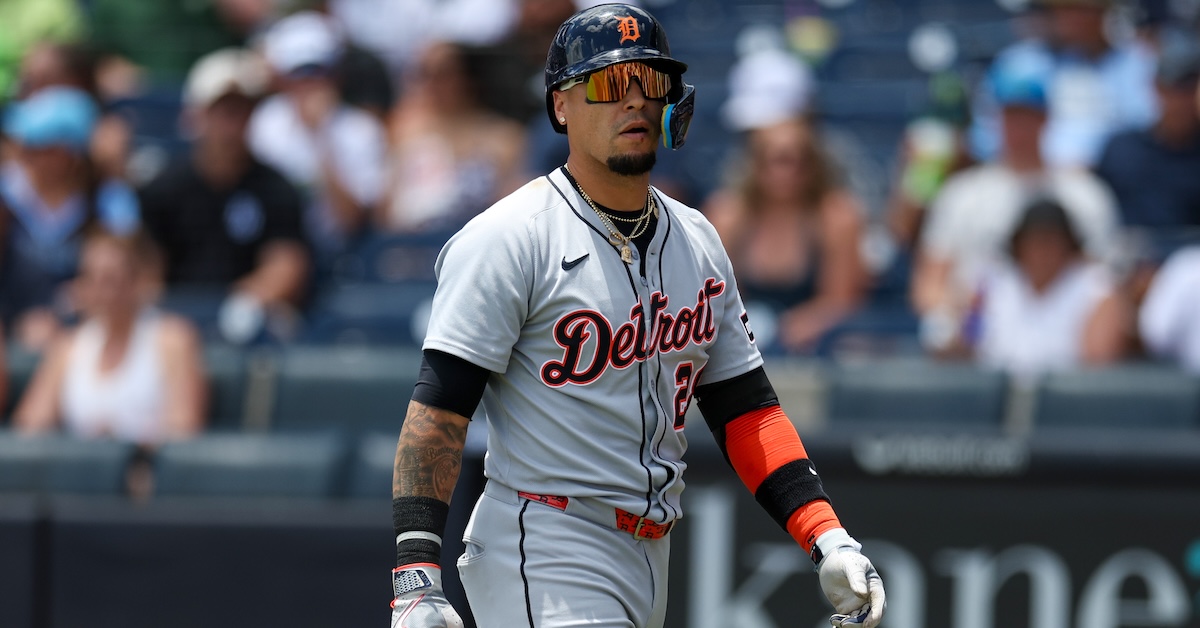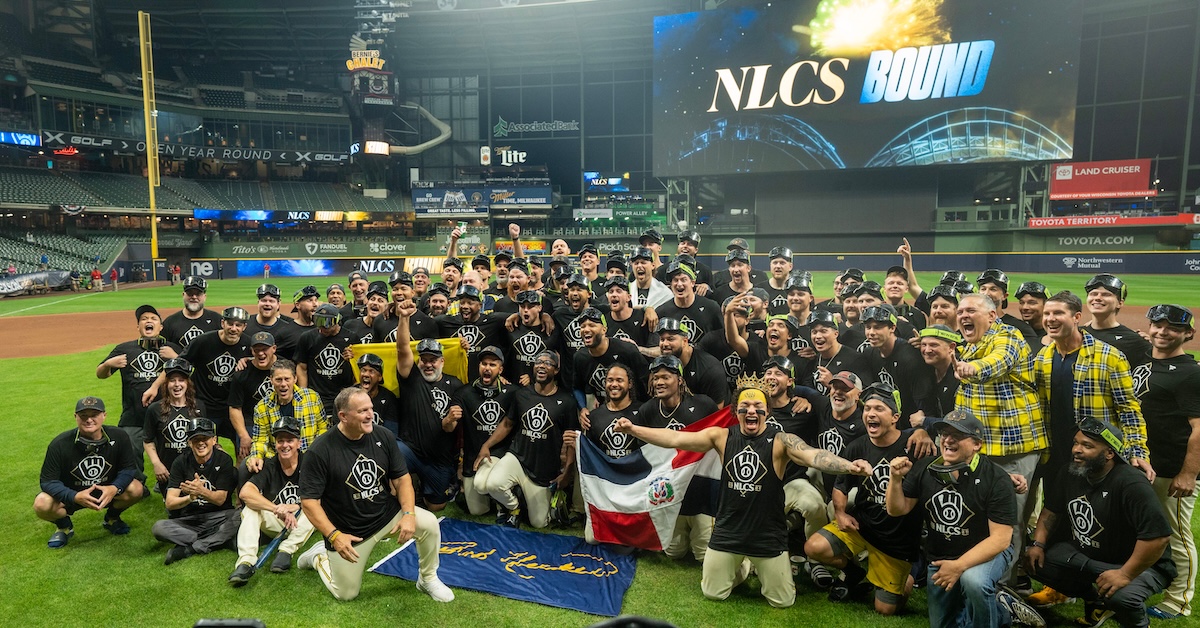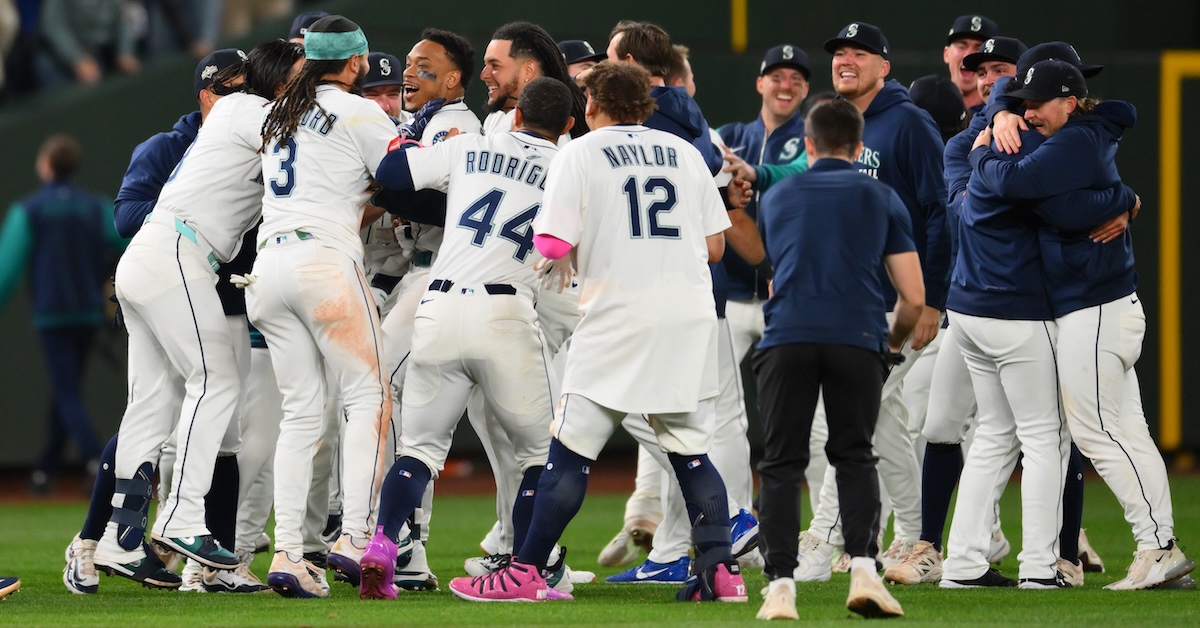The Mariners Didn’t Challenge That Play at the Plate, So We Challenged It for Them
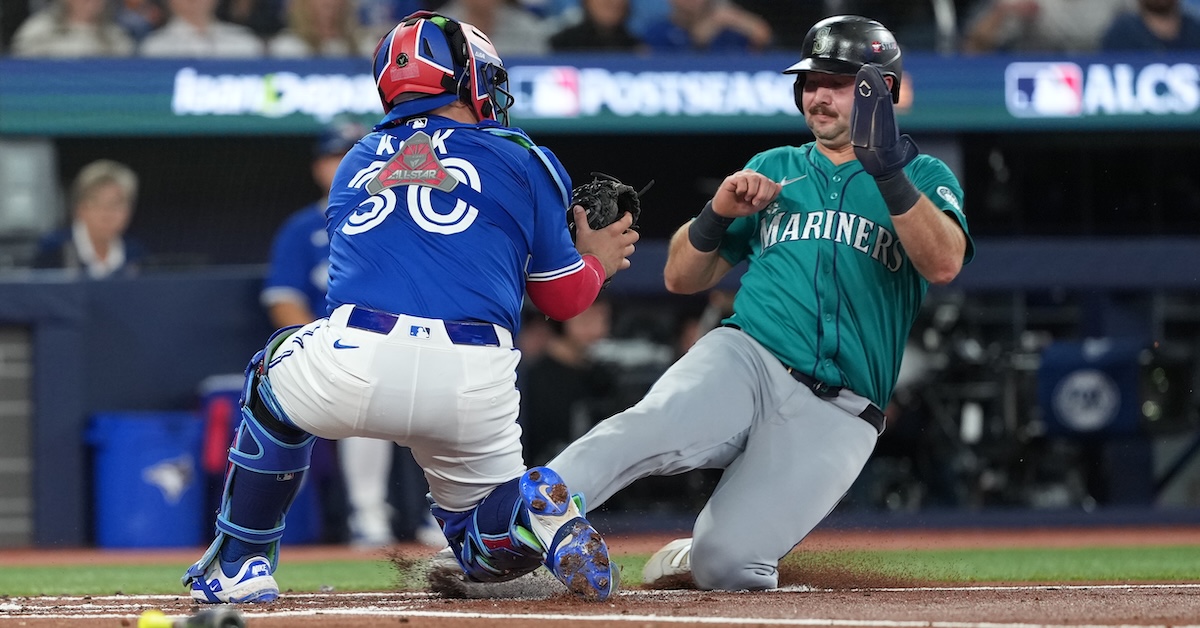
It was really close. On Sunday, in Game 1 of the American League Championship Series, in the top of the first inning, with one out and runners on first and third, once and future hero playoff hero Jorge Polanco hit a bouncer to the third baseman. The runner on third was going on contact, but the runner on third was Cal Raleigh, and while relatively quick for a catcher, the Sultan of Squat is not exactly known for his speed. Had the ball been hit anywhere other than directly at a corner infielder, he might have beaten it easily. Instead, Addison Barger’s throw beat Raleigh to the bag by at least three metres (the game was in Canada, after all). But it was still really close.
The throw arrived in plenty of time, and it was by no means off target. To make sure he ran no risk of hitting the runner, Barger wisely threw the ball toward the right side – the first base side – of catcher Alejandro Kirk’s body. The throw wasn’t high either, but it did arrive at shoulder height. Raleigh was running as hard as he could, and in the time it took Kirk to swing his catcher’s mitt from high on his right side to low on his left side, he’d closed the distance to roughly one metre. Then Kirk made an important decision. With Raleigh bearing down on him, he chose not to keep swinging the glove down and toward the plate. He reached out for a high tag and swept the left side of his body out of the way in the same moment. Self-preservation undoubtedly played a role in the decision. It cost him valuable centimetres (God, this feels wrong), and it very nearly allowed Raleigh to sneak his right cleat between Kirk’s legs and onto home plate before his torso crashed into the mitt. For the briefest of moments, the two catchers looked like colliding galaxies, smashing then spinning together as their gravitational fields intertwined:
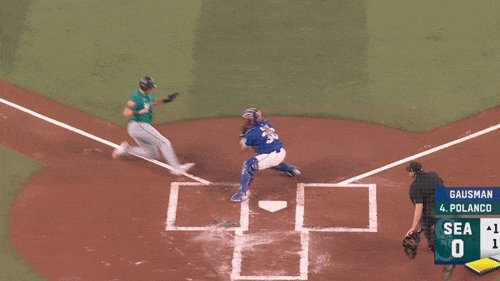
In real time, the play went from looking like a sure out to an impossibly close call. Maybe Raleigh got his foot in there and maybe he didn’t. The call on the field was out, and unbelievably, the Mariners declined to challenge it. The video never got dissected by the replay room in New York. The chief marketing officer of Zoom Communications, Inc. surely wept. Read the rest of this entry »

